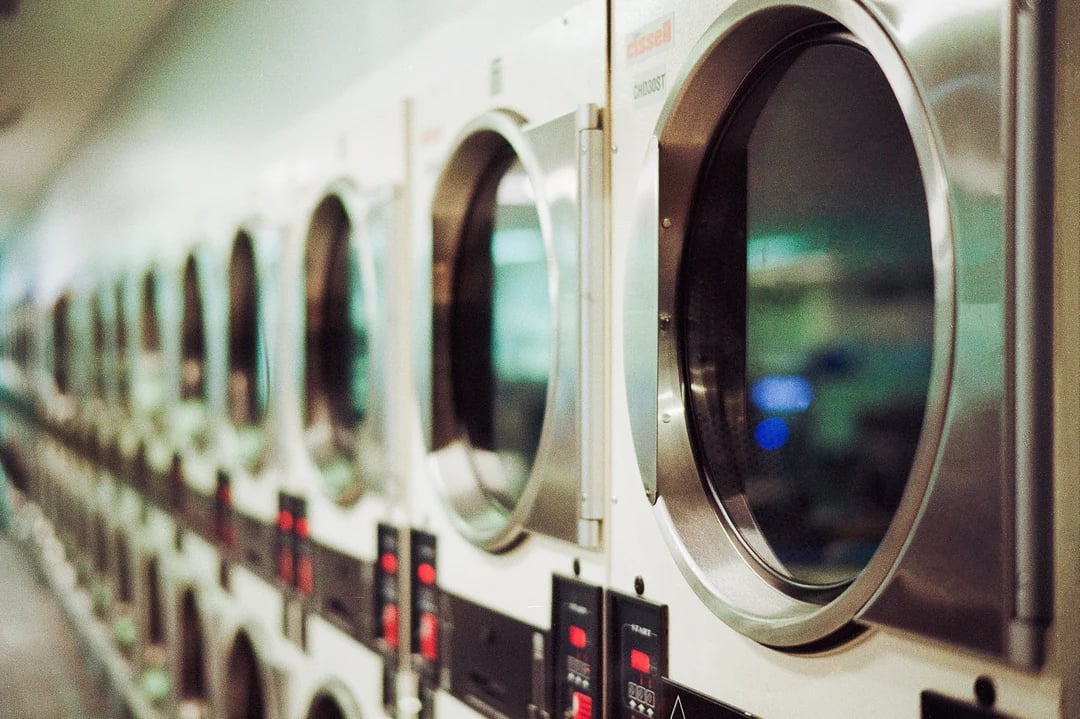Quite often, we receive the following question: can FR properties in protective clothing be washed off? The answer is no - flame retardant (FR) properties can’t be washed off. However, if the correct care instructions and procedures regarding the washing of these FR garments are not being met, undesired substances that remain on the FR garment’s surface can increase the risk of fire related accidents. In this blog, we explain why a proper washing protocol is a must for any industry worker in need for protection against these hazards.
Why is a correct washing process crucial for FR fabrics?
The flame retardant properties of fabrics, for example our Tecapro® collection, are guaranteed for at least 50 washes at 75°C (ISO 15797:2018).
However, the protective properties of flame retardant finished fabrics, as well as other flame resistant fabrics, can be compromised. The following examples show how external substances - which are present in or on the FR garment as a result of incorrect laundering - can lead to dangerous fire incidents:
- Flammable contaminants on the FR garment: the presence of flammable contaminants on the garment can lead to an increase in fire related accidents. An example of flammable contaminants are oil stains. To avoid this, protective clothing must be laundered regularly and thoroughly to ensure that FR garments do not become excessively soiled, to remove contaminants and to avoid permanent staining. This is a joint responsibility of the employer and the industrial laundry.
- Washing with traditional soap based powders: The use of traditional soaps (salts of fatty acids) is not recommended as they can form insoluble scums with hard water that are deposited on the fabric. Soap scums may be flammable and can adversely affect the thermal protective performance of the FR garment.
- Bleach: chlorine bleach (sodium hypochlorite) and hydrogen peroxide should not be used on flame-retardant finished fabrics, either separately or in detergents. Chlorine bleach and the presence of metals with hydrogen peroxide (oxygen bleach) chemically attack the flame-retardant finish and reduce the flame–retardant properties of the fabric. The gradual deterioration in fabric flame-retardant protective performance can also be caused by washing at high temperatures with detergents containing higher concentration of sodium perborate (also an oxygen bleach).
Should I engage a professional industrial laundry?
Following appropriate laundering, care and maintenance processes is essential to maximise the lifetime of the FR garment and ensuring its protective properties are not degraded.
 Example of a heavily soiled garment that was tested on its FR properties
Example of a heavily soiled garment that was tested on its FR properties
This should preferably be done by a professional industrial laundry to ensure that all necessary parameters (temperature, choice of detergents and dosage, mechanical action, nature of stains and type of fabric, etc.) are factored in and to make sure that the protective FR clothing will offer the required protection throughout its lifetime.
"Safety is so much more than just selecting the right FR garments for your work environment. Proper washing and maintenance protocols are equally important to ensure the required protection during their entire lifetime."
Although TenCate Protective Fabrics does not offer industrial laundry services, we are a leading expert when it comes to textile technology and chemical processes. Do not hesitate to connect with our industrial laundry expert Marcel Jansen via this form. He will answer your questions and is able to connect you with the right industrial laundries. You can also read the blog: how to get the best out of your garments lifetime with washing protocols.



![6 Industry trends [EN]](https://eu.tencatefabrics.com/hs-fs/hubfs/EU%20-%20Images%20website/EU%20-%20Mock-up%20nieuwe%20afmetingen/6%20Industry%20trends%20%5BEN%5D.png?width=170&name=6%20Industry%20trends%20%5BEN%5D.png)









